#Modular designs
Explore tagged Tumblr posts
Text
Customization & Personalization: Transforming Your Living Spaces with EG Living
In today’s world, your home should be a true reflection of your personality and lifestyle. Customization and personalization in interior design allow homeowners to create spaces that are both functional and uniquely theirs. At EG Living, we focus on designing bespoke furniture and modular interiors that blend aesthetics with practicality.
Why Customization & Personalization Matter
Every home and its occupants have unique needs. Custom-made furniture and tailored interior designs ensure that each piece fits seamlessly into your space while complementing your style. Unlike store-bought furniture, customized solutions maximize comfort, functionality, and aesthetics, making them ideal for modern homes.
Benefits of Custom & Personalized Furniture
1. Designed for Your Space
Off-the-shelf furniture doesn’t always fit perfectly. Custom-built pieces are tailored to your room’s dimensions, ensuring better space utilization. Whether it’s a modular wardrobe, custom sofa, or a personalized kitchen, you get a perfect fit.
2. Unique Designs, Just for You
Personalized furniture gives you complete control over materials, colors, and finishes, allowing you to create a style that aligns with your vision.
3. Practical & Functional
Custom furniture enhances usability. With modular solutions, you can adjust layouts as your needs evolve, making your space more adaptable.
4. High-Quality & Long-Lasting
Mass-produced furniture often compromises on durability. Handcrafted custom furniture uses premium materials, ensuring better quality and longevity.
Customization Trends in Modern Interiors
Modular Kitchens – Efficient, smart kitchen designs that optimize workflow.
Bespoke Wardrobes – Customized storage solutions for better organization.
Space-Saving Furniture – Multi-functional pieces like foldable tables and convertible beds.
Personalized Workspaces – Ergonomic office setups designed for comfort and productivity.
EG Living: Your Partner in Custom Interior Solutions
At EG Living, we specialize in crafting custom furniture, modular spaces, and luxury interiors tailored to individual needs. Our experienced designers work closely with clients to bring their vision to life, ensuring every piece is designed with precision and creativity.
Conclusion
Personalized interiors go beyond trends—they create a space that truly belongs to you. Whether you want to enhance your home with custom furniture, modular designs, or practical space-saving solutions, EG Living is here to help. Experience the art of customized living and transform your space with designs that match your personality and needs.
0 notes
Text
How Modular Website Development Is Revolutionizing The Way Businesses Build Websites

In a world where quick and customizable solutions are key, modular website development is paving the way for businesses to create dynamic and efficient websites like never before. Say goodbye to lengthy, cumbersome website building processes – it’s time to embrace the revolution of modular web development. Join us as we explore how this innovative approach is changing the game for businesses of all sizes and industries.
INTRODUCTION TO MODULAR WEBSITE DEVELOPMENT
In a world where digital presence is paramount, the way businesses build websites is undergoing a revolutionary transformation. Enter Modular Website Development – the game-changer that’s shaking up traditional web design practices and empowering businesses to create dynamic, scalable websites like never before. Let’s dive into how this innovative approach is reshaping the digital landscape and why your business should jump on board the modular bandwagon!
WHAT IS MODULAR WEBSITE DEVELOPMENT?
When it comes to website development, the traditional approach involved building a site from scratch, often resulting in lengthy timelines and high costs. However, with modular website development, the game has shifted.
Modular website development is a method that involves creating a website using pre-built modules or components. These modules can be easily added, removed, or customized according to specific needs. Think of it as building with Lego blocks – you can mix and match different pieces to create your unique design.
This approach offers flexibility and scalability as businesses can quickly adapt their websites to changing requirements without starting from square one each time. It also promotes consistency across web pages while streamlining the development process for faster turnaround times.
In essence, modular website development empowers businesses to build dynamic and user-friendly websites efficiently by leveraging ready-made components tailored to their brand’s needs.
BENEFITS OF USING A MODULAR APPROACH FOR WEBSITE DEVELOPMENT
Modular website development offers a range of benefits that can significantly enhance the efficiency and flexibility of building websites. One major advantage is the ability to reuse modular components across different projects, saving time and effort in the long run. This approach also allows for easier scalability, as new features or updates can be seamlessly integrated without disrupting the entire website.
Moreover, modular development promotes better collaboration among team members by breaking down complex tasks into smaller, more manageable modules. This not only streamlines the development process but also ensures consistency in design and functionality throughout the website. Additionally, using pre-built modules can help reduce errors and improve overall site performance.
Another key benefit of modular web design is its adaptability to changing market trends and user preferences. With a modular approach, businesses can quickly iterate on their websites based on feedback and analytics data, staying ahead of competitors in today’s fast-paced digital landscape.
CHALLENGES AND LIMITATIONS OF MODULAR WEBSITE DEVELOPMENT
When it comes to modular website development, there are certain challenges and limitations that businesses may encounter along the way. One common challenge is ensuring compatibility between different modules. Since modules are developed independently, integrating them seamlessly can sometimes be tricky.
Another issue is maintaining consistency in design throughout the website. With multiple modules being used, ensuring a cohesive look and feel can require extra effort and attention to detail. Additionally, scalability can pose a challenge as businesses grow and need to add more features or functionalities to their websites.
Furthermore, managing dependencies between modules can also be complex at times. Making sure that changes in one module do not negatively impact others requires careful planning and coordination. Despite these challenges, with proper planning and execution, businesses can still benefit greatly from the flexibility and efficiency that modular website development offers.
HOW TO GET STARTED WITH MODULAR WEBSITE DEVELOPMENT FOR YOUR BUSINESS
So, you’ve decided to embark on the journey of modular website development for your business. Exciting times ahead! The first step is to assess your current website structure and identify areas where modularity can bring efficiency and flexibility.
Next, research different modular development frameworks and tools available in the market. Choose one that aligns with your business needs and goals. It’s essential to understand how each module interacts with others to create a cohesive website experience.
Once you have selected your tools, start breaking down your website into smaller, reusable modules. This process requires careful planning and strategic thinking to ensure seamless integration across all components.
Collaborate with your team members or developers to implement these modules effectively. Regular communication and testing are crucial during this phase to iron out any potential issues before going live.
Lastly, don’t forget about maintenance post-launch. Regularly update and optimize your modules to keep up with evolving trends and technologies in the digital landscape.
FUTURE PREDICTIONS AND TRENDS FOR MODULAR WEB DESIGN
As technology continues to evolve, the future of modular web design is promising. One trend we can expect to see is a greater emphasis on customization and personalization. Modular development allows for flexibility in creating unique user experiences tailored to individual needs.
Another prediction is the rise of AI integration within modular websites. Artificial intelligence will enable smarter content recommendations, automated updates, and enhanced user interactions. This seamless integration will streamline website maintenance and improve overall performance.
Furthermore, we anticipate an increase in mobile-first modular designs as more users access websites via smartphones and tablets. Responsive modules will become crucial for delivering consistent user experiences across various devices.
In addition, the optimization for voice search compatibility will be essential as voice-controlled devices like smart speakers gain popularity. Websites developed with modular design principles can easily adapt to these changing search behaviors without compromising functionality or aesthetics.
Overall, the future of modular web design is exciting with endless possibilities for innovation and improved user experiences.
CONCLUSION: WHY YOUR BUSINESS SHOULD CONSIDER ADOPTING A MODULAR APPROACH TO WEBSITE DEVELOPMENT.
When it comes to building a successful online presence, the way your website is developed plays a crucial role. Modular website development offers a streamlined and efficient approach that can revolutionize the way businesses create their online platforms.
By adopting a modular approach, businesses can benefit from faster development times, easier scalability, improved consistency across different pages, and enhanced flexibility for future updates. With case studies showcasing how leading companies have leveraged modular development to achieve remarkable results, it’s clear that this methodology is here to stay.
While there may be challenges and limitations associated with modular website development, the advantages far outweigh any drawbacks. By taking the time to understand how to get started with modular web design for your business, you can set yourself up for success in an ever-evolving digital landscape.
As we look towards the future of web design trends, it’s evident that modular approaches will continue to shape the way websites are built and maintained. Embracing this innovative method can give your business a competitive edge and ensure that your online presence remains dynamic and adaptable in response to changing market demands.
In conclusion: The time is now for businesses to consider adopting a modular approach to website development. By doing so, you’re not just creating a website – you’re laying the foundation for sustainable growth and success in the digital realm.
1 note
·
View note
Text





Kaiser-Willys Jeep Wide-Trac Concept, 1960, by Crown Coach. A program with the bus maker to create an easy to assemble forward control multi-purpose truck for use in developing countries. It combined elements of the original Jeep FC trucks with Brooks Stevens' proposed facelift and the VIASA SV pickup. The project went no further than a few prototypes
#Kaiser-Willys#Jeep Wide-Trac Concept#Crown Coach#1960#concept#prototype#forward control#cab over#concept truck#modular design
417 notes
·
View notes
Text



ೃ༄ੈ✩‧₊˚
#nagakin capsule tower#capsule tower#capsule#building#architecture#interior#interior design#retro futurism#modular#brutalist#70s#70s architecture#1972#kisho kurokawa#ginza#tokyo#cyber#cyberpunk#lost architecture#this building got knocked down :(#rip#flickr#oldweb#old web#2009
913 notes
·
View notes
Text







CBR Building, Watermael-Boitsfort, Belgium - Constantin Brodzki & Marcel Lambrichs
#Constantin Brodzki#architecture#design#building#modern architecture#interiors#minimal#concrete#modern#modernist#modernism#modernist architecture#brutalism#prefabricated#facade#windows#porthole#glass#tinted#tower#modular#office#office building#commercial#cool design#timeless#sci fi#retro#wood interior#belgium
315 notes
·
View notes
Text

1956 WeldWood entertainment center
#vintage#midcentury#decor#1950s#furniture#piano#chair#colorful#hi-fi#speakers#stereo#mid century#design#retro#modular#couch#sofa#davenport#mid-century modern
173 notes
·
View notes
Text
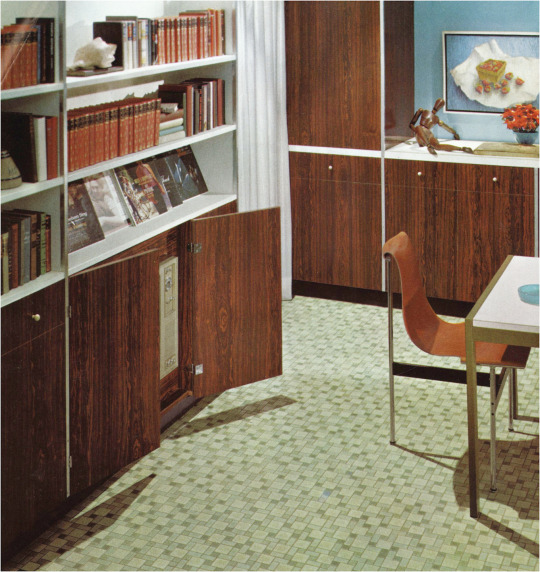
Family Room Design & Decor, 1962
#1960s#60s#60s family room#60s decor#60s home#1962#sixties#family room#home decor#modular furniture#ceramic tiles#floor tiles#design and decor
88 notes
·
View notes
Text
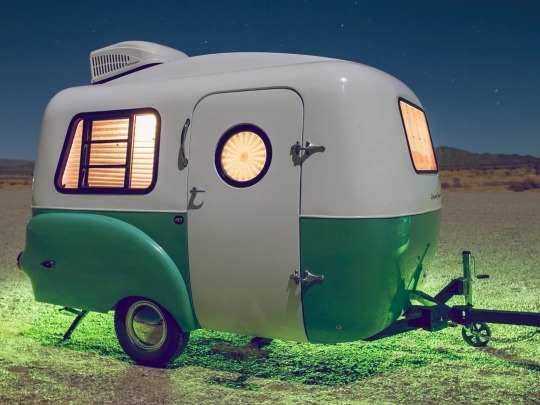



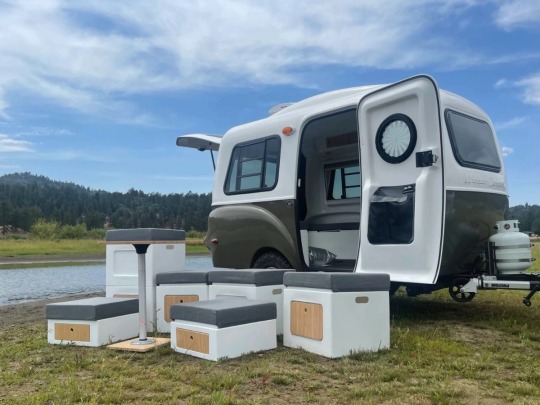


Happier Camper's !
#art#design#nature#interior design#interiors#trailer#glamping#camping#california#happier camper#camper#travels#nomad#modular#sustainability#self sufficiency#fun#retrofuturism#glam#summer#holidays#freedom
1K notes
·
View notes
Text

Stripes!
#stripes#furniture design#furnishings#furniture#sofa design#chair design#modular furniture#comfy#beige aesthetic#beige tones#living room#modern living#interiors#interior#interior design#interior decorating#home interior#january#winter#toya's tales#style#toyastales#toyas tales#home decor#redecorating#home decorating#decorate#decor#home & lifestyle#home
77 notes
·
View notes
Text
















High Sunderland, Selkirk, West Yorkshire, Scotland,
Designed in 1957 by Peter Womersley for the textile artist Bernat Klein and his wife Peggy, and completed in 1958 with a studio added in 1982,
Renovated and restored by Loader Monteith.
#art#design#architecture#interiors#iconic architecture#mid century modern#modular#prefab#modernism#modernist#high sunderland#monteith#scotland#peter womersley#bernat klein#peggy klein#loader monteith#selkirk#galashields
73 notes
·
View notes
Text
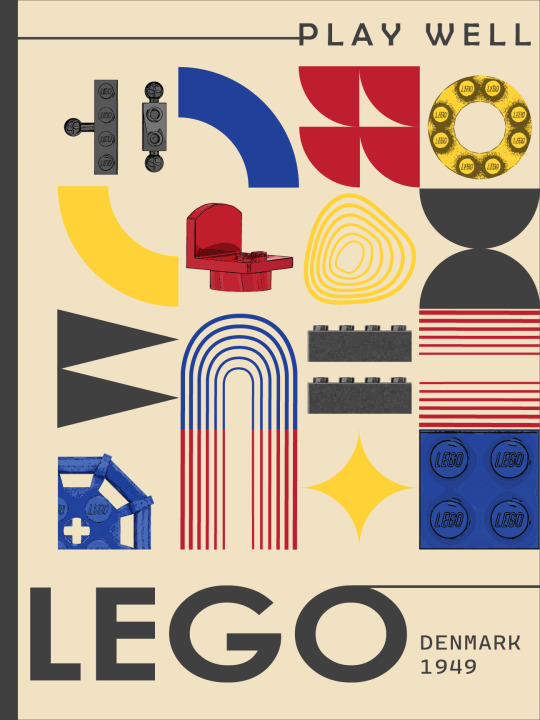
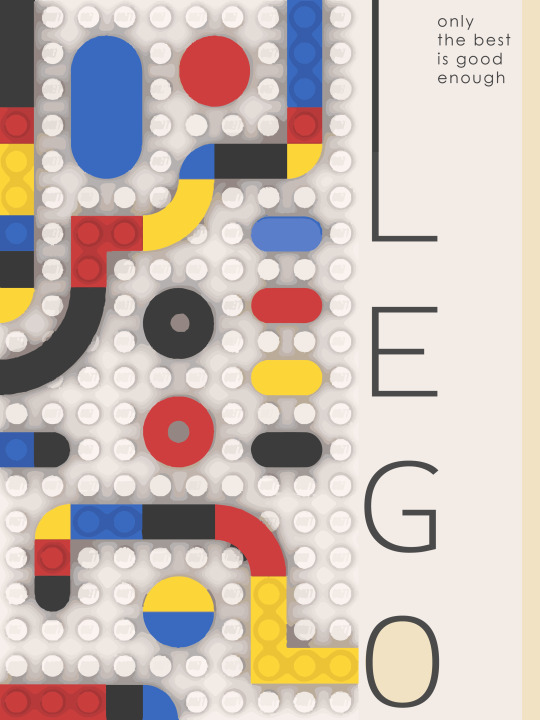
Lego x Bauhaus
Used BrickLink Studio to render pictures of specific pieces :)
#lego#lego art#graphic design#poster design#retro aesthetic#vintage design#midcentury modern#bauhaus#scandinavian design#danish design#modernism#lego history#color theory#typography#minimalist art#design inspiration#toy design#creative process#childhood nostalgia#primary colors#play well#only the best is good enough#modular design#print design#visual communication#retro futurism#geometric design#pop art#playful design#design nerd
32 notes
·
View notes
Text
Modular. (2022)
#art#artists on tumblr#design#pi-slices#animation#abstract#black and white#trippy#loop#3d#c4d#octane#surreal#modular
193 notes
·
View notes
Text

From the platform beneath the windows, the play of levels is revealed. The oatmeal and dark-brown color scheme continues. Concealed behind the freestanding, chrome-framed shelving unit is the bedroom.
Rooms by Design, 1989
#vintage#vintage interior#1980s#80s#interior design#home decor#living room#sectional#modular#furniture#beamed ceiling#track lighting#bookshelves#chrome#basement#house plants#modern#style#home#architecture
411 notes
·
View notes
Text


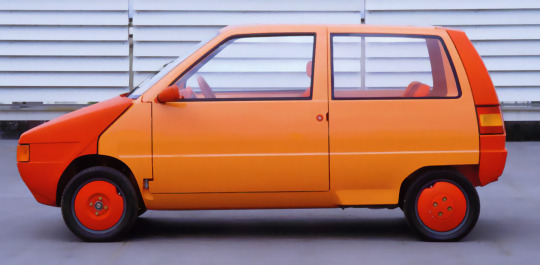

Renault Piccola Prototype, 1982, by Marcello Gandini. Robert Opron had bought Gandini (newly freed from Bertone) into Renault to work on the Super Cinq project, the second generation Renault 5. Gandini also presented his Piccola concept, a plastic city car that arrived at Renault's offices crated up, in pieces. The car took 30 minutes to assemble with just a few tools and Renault bought the concept on the spot. Of course they were thinking about the Véhicules Bas de Gamme project to replace the R4, which was going nowhere.
#Renault#Marcello Gandini#Renault Piccola#Gandini Piccola#1982#concept#prototype#design study#plastic car#modular design#futuristic#Véhicules Bas de Gamme#Renault VBG#utility car
425 notes
·
View notes
Text

36 notes
·
View notes










